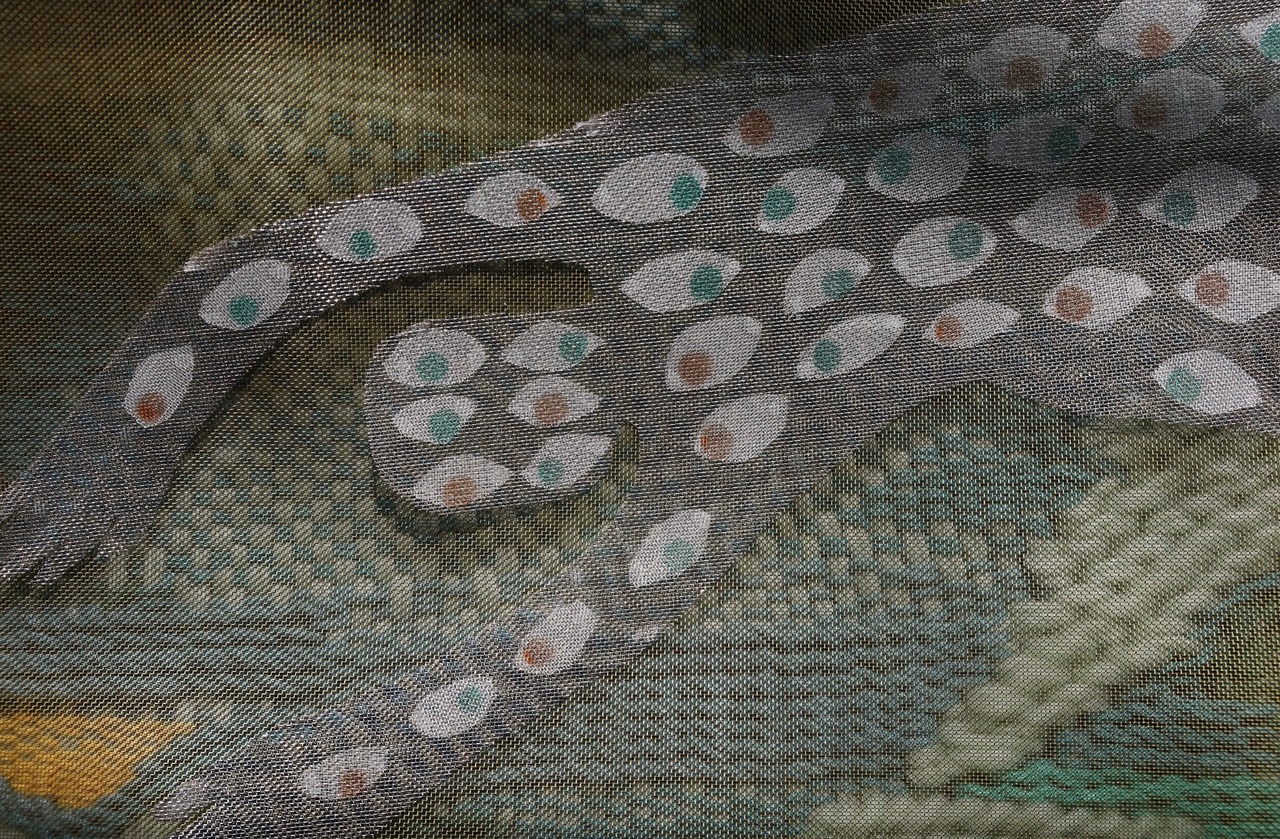
María Sosa
Di tu nombre tres veces
Exhibition
-> Feb 2 2025 – May 25 2025
Plataforma
Plataforma presents Di tu nombre tres veces, an exhibition by Maria Sosa, curated by Agustín Pérez Rubio.
On February 2nd at 11:00 AM, there will be a a guided tour followed by a conversation between María Sosa & Agustín Pérez Rubio at 12pm.
As part of the curated project entitled A Situated Consciousness of Inhabiting the Earth for Plataforma, by the Spanish curator Agustín Pérez Rubio, the fourth and last of the scheduled exhibitions is presented, with the invitation of the artist María Sosa on the first level of Plataforma.
The work of the artist María Sosa (Michoacán, 1985) is nourished by the processes that arose from the colonization of Abya Yala, today Latin America, using archives, codices, oral histories and other social studies of history, such as anthropology. The artist focuses on the contemporaneity of Mesoamerican knowledge and cultures that have survived colonial epistemicides, racism, sexism and underlying oppressions. Her work explores and bets on both artisanal techniques and the recovery of knowledge in pre-Hispanic and contemporary ritual objects. In recent years, Sosa has shown special interest in how Mesoamerican cultures understood the body as a container of knowledge, as a transmitter of relationships with the world, and in how the colonial irruption affected the understanding of death, transforming it into a phenomenology of ritual renewal and reintegration.
Di tu nombre tres veces is an exercise in restitution. The project is presented as a garden from which to draw a timeline – not chronological or linear – between ancestral cultures and their current validity. A space where the human and the non-human are interrelated, in search of a mourning that allows us to understand death in a positive way, highlighting how, in the current Western hegemony, death has lost its meaning and life lacks value and depth. This garden aims to eradicate the negative influence of the colonial spirit, represented in the form of flying textile, like a virus, offering a space of resistance through coexistence. There are still ways to return to the earth from ritual, as in mortuary ceramics. The latent and the cyclical take the form of negotiation, so that what already existed continues and regenerates. Ultimately, this project seeks to heal the colonial wound, starting from personal and intimate ailments.
— Agustín Pérez Rubio